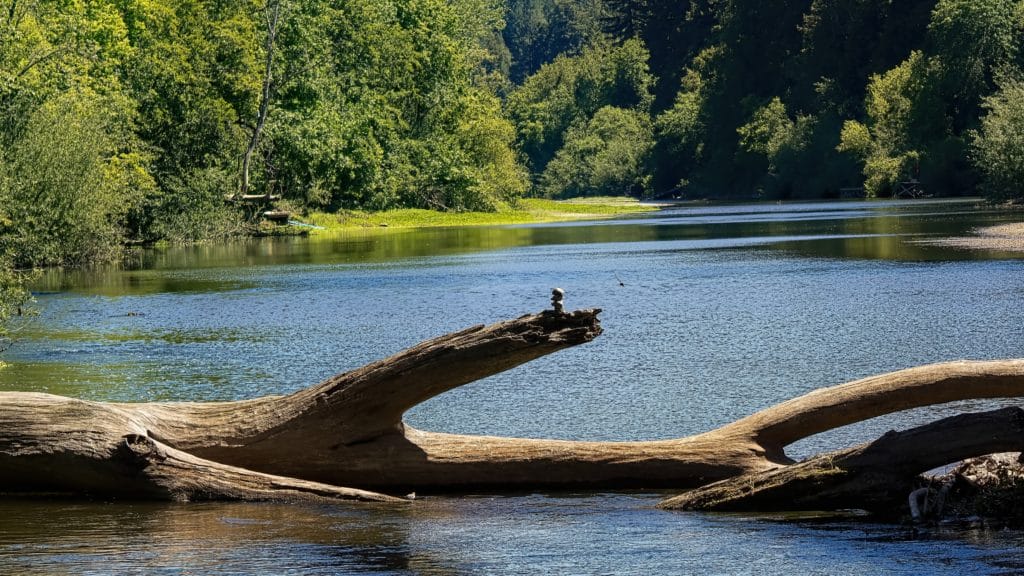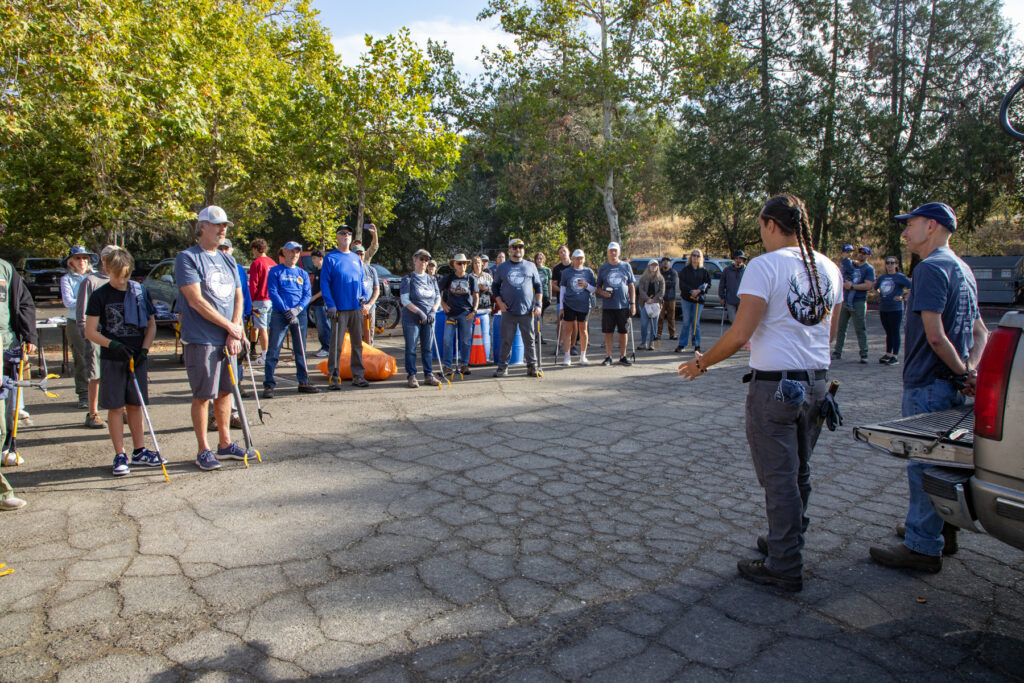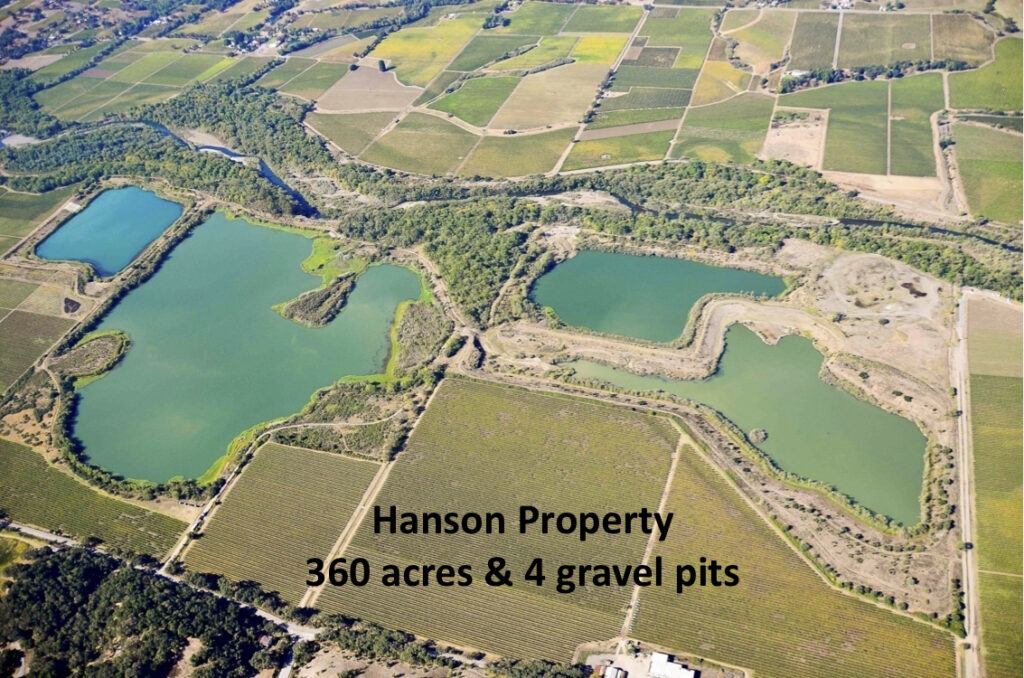In 1993, the Russian River was deemed to be in peril. Thus began the birth of
Russian Riverkeeper, the champion for a healthy river.
The fundamental purpose of Russian Riverkeeper is to ensure that now and in the future Russian River is drinkable, swimmable, fishable, and equitably shared.
We actively pursue the protection and restoration of the watershed through focused, scientifically based advocacy, public outreach, and direct engagement.
ADVOCACY
One hundred years of gravel mining on the Russian River has damaged ecological systems and habitats, reduced groundwater recharge, and eliminated 80% of floodplains.
♦In 2012, we succeeded after years of legal battles and ended river gravel mining permanently.
The inequitable use of water has increased exponentially as water sources have diminished.
♦Advocates equitable groundwater sustainability plans for Sonoma County.
♦ Maintains a strong presence in water management in times of drought.
♦ Advocates environmental review as part of issuing well permits in water scarce areas.
RESTORATION
Target 357 acres of wetlands of the former Hansen site used for gravel mining.
♦ Head up a team to restore the Hanson project to floodplains, including permits, funding, and any agreements to commence construction.
♦Will be the first project to restore deep mining pits to productive wetlands.
♦ Will restore salmon nursery areas and improve flood control and groundwater recharge.
♦Result will be the largest park on the Russian River providing river access and recreational opportunities for everyone.
The invasive Giant Reed, or Arundo Donax, is an extreme fire hazard and water guzzler. One acre of Arundo grass uses up to five million gallons of water every year.
♦Russian Riverkeeper has received a $1 million state grant to fund 70% of project costs for removing Arundo from 5 miles of the river.
CLEAN-UP
We actively protect the river from pollution.
♦The Clean Team has removed one and a half million tons of trash from the river and homeless encampments with over 200 participants.
♦Engaged in fire and erosion control for three years after the Tubbs fire to remove toxic run-off from over 6000 affected structures.
ENGAGEMENT
♦The Russian River Confluence took 200 paddlers (decision makers and the community) from the headwaters in Ukiah to the ocean at Jenner to highlight issues impacting the river.
♦ The Great Russian River Race (suspended by the drought) had hundreds of racers and thousands of attendees with the goal to appreciate and enjoy the River.






